While everyone flocks to the usual suspects like New York, Miami, and San Francisco, savvy travelers are discovering that America’s most rewarding urban experiences often lie in unexpected places. These rising destinations offer authentic cultural experiences, innovative food scenes, and distinctive character without the crowds or inflated prices of established tourism centers.
Here is a list of 16 U.S. cities that are steadily transforming into remarkable travel destinations—though they’re still flying under the radar enough that you’ll beat the inevitable tourism boom.
Greenville, South Carolina
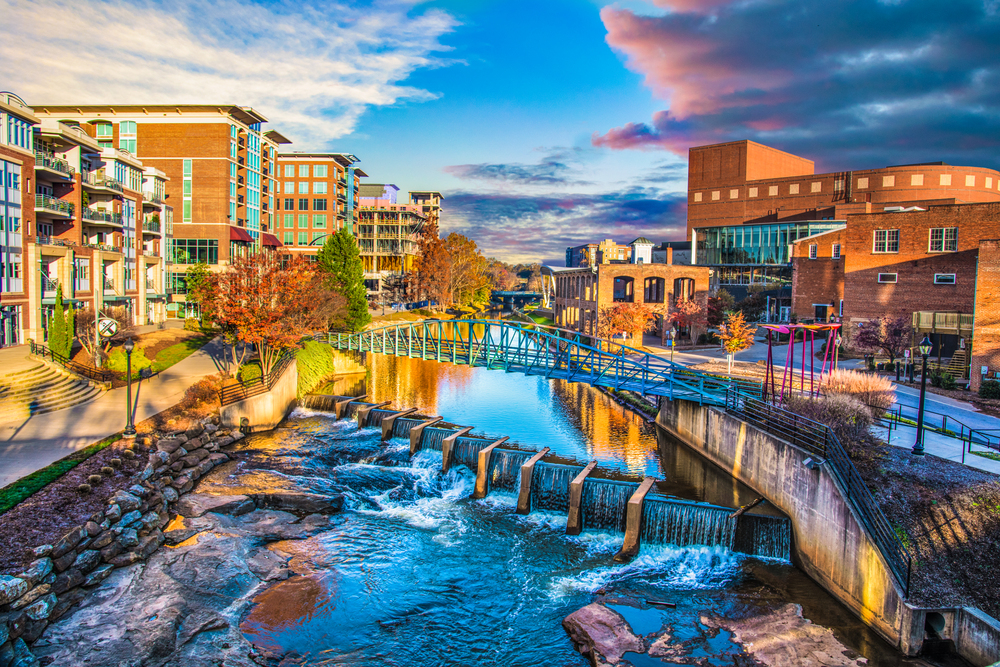
Nestled in the foothills of the Blue Ridge Mountains, Greenville has transformed from a textile manufacturing hub into a dynamic small city with outsized cultural offerings. The revitalized downtown centers around Falls Park, where the Reedy River cascades through the heart of the city beneath a striking curved pedestrian bridge.
More than 70 public art installations dot the compact downtown, while the city’s 22-mile Swamp Rabbit Trail connects urban breweries and food halls with scenic countryside. The food scene punches well above its weight class, with James Beard-nominated chefs crafting menus that honor Southern traditions while incorporating global influences.
Richmond, Virginia

Virginia’s capital has quietly evolved from a city defined by its Civil War history into a creative powerhouse with one of America’s most exciting culinary landscapes. The James River running through downtown provides opportunities for urban kayaking and swimming, while the city’s distinctive neighborhoods, like Church Hill and Jackson Ward, showcase beautifully preserved architecture alongside contemporary additions.
Richmond’s murals have become internationally renowned, with more than 100 large-scale works transforming the cityscape into an open-air gallery. The craft beer scene thrives with over 30 breweries, complemented by dining options ranging from refined Southern cuisine to innovative immigrant-owned establishments representing Richmond’s growing diversity.
Like Travel Pug’s content? Follow us on MSN.
Chattanooga, Tennessee

This riverside city has engineered one of America’s most impressive urban reinventions. Once known primarily for its choo-choo and industrial grit, Chattanooga now boasts the country’s fastest internet, a thriving innovation district, and outdoor recreation opportunities that have earned it the nickname “Boulder of the East.”
The Tennessee Riverwalk provides 16 miles of scenic pathways, while downtown’s Walnut Street Bridge—one of the world’s longest pedestrian bridges—connects the revitalized riverfront with the trendy North Shore district. The surrounding mountains offer rock climbing, mountain biking, and hang gliding just minutes from downtown restaurants serving elevated Appalachian cuisine.
Boise, Idaho

Idaho’s capital combines the conveniences of urban living with immediate access to outdoor adventures, creating an increasingly irresistible destination for travelers seeking balance. The Boise River Greenbelt winds 25 miles through the heart of the city, offering a tree-lined escape where you might spot bald eagles while still being steps from downtown craft cocktail bars.
The Basque Block celebrates the city’s surprising connection to Basque culture—Boise has the largest Basque population outside Spain—with museums, restaurants, and cultural centers. The surrounding foothills provide hundreds of miles of hiking and mountain biking trails accessible directly from residential neighborhoods, creating a rare blend of city and nature.
Tucson, Arizona

Beyond its famous saguaro-studded landscapes, Tucson has emerged as a culinary powerhouse with a distinctive cultural identity. Named America’s first UNESCO City of Gastronomy, Tucson’s food scene spans from inventive desert-to-table cuisine to centuries-old Mexican-influenced traditions that predate the international border. The city embraces its desert setting rather than fighting it, with architecture and landscaping that celebrate rather than suppress the Sonoran environment.
Annual events like All Souls Procession merge arts, culture, and community into experiences that couldn’t happen anywhere else. The surrounding mountains provide dramatic hiking opportunities with significant elevation changes that surprise visitors expecting only flat desert terrain.
Like Travel Pug’s content? Follow us on MSN.
Providence, Rhode Island

New England’s creative hub combines the architectural charm of a much older European city with the energy of a college town and the culinary innovation of a major metropolis. WaterFire—the recurring art installation that lights up downtown’s rivers with dozens of bonfires—exemplifies the city’s commitment to public arts and communal experiences.
Johnson & Wales University’s renowned culinary program ensures a constant infusion of talent into local restaurants, while the Rhode Island School of Design influences everything from public spaces to the thriving maker community. The compact downtown means you can walk from the Italian-American heritage in Federal Hill to the colonial architecture of College Hill in minutes.
Oklahoma City, Oklahoma

This heartland city has undergone a remarkable transformation, investing billions in projects that have created an unexpectedly appealing urban destination. The Oklahoma River, once a neglected drainage ditch, now hosts Olympic-caliber rowing facilities and a whitewater rafting center minutes from downtown.
The city’s Deep Deuce district has reclaimed its historic role as a center for Black culture and jazz, while Automobile Alley has converted former car dealerships into boutiques and restaurants. The recently completed Scissortail Park provides 70 acres of green space connecting downtown with the Oklahoma River, creating a verdant corridor through what was once a concrete landscape.
Buffalo, New York
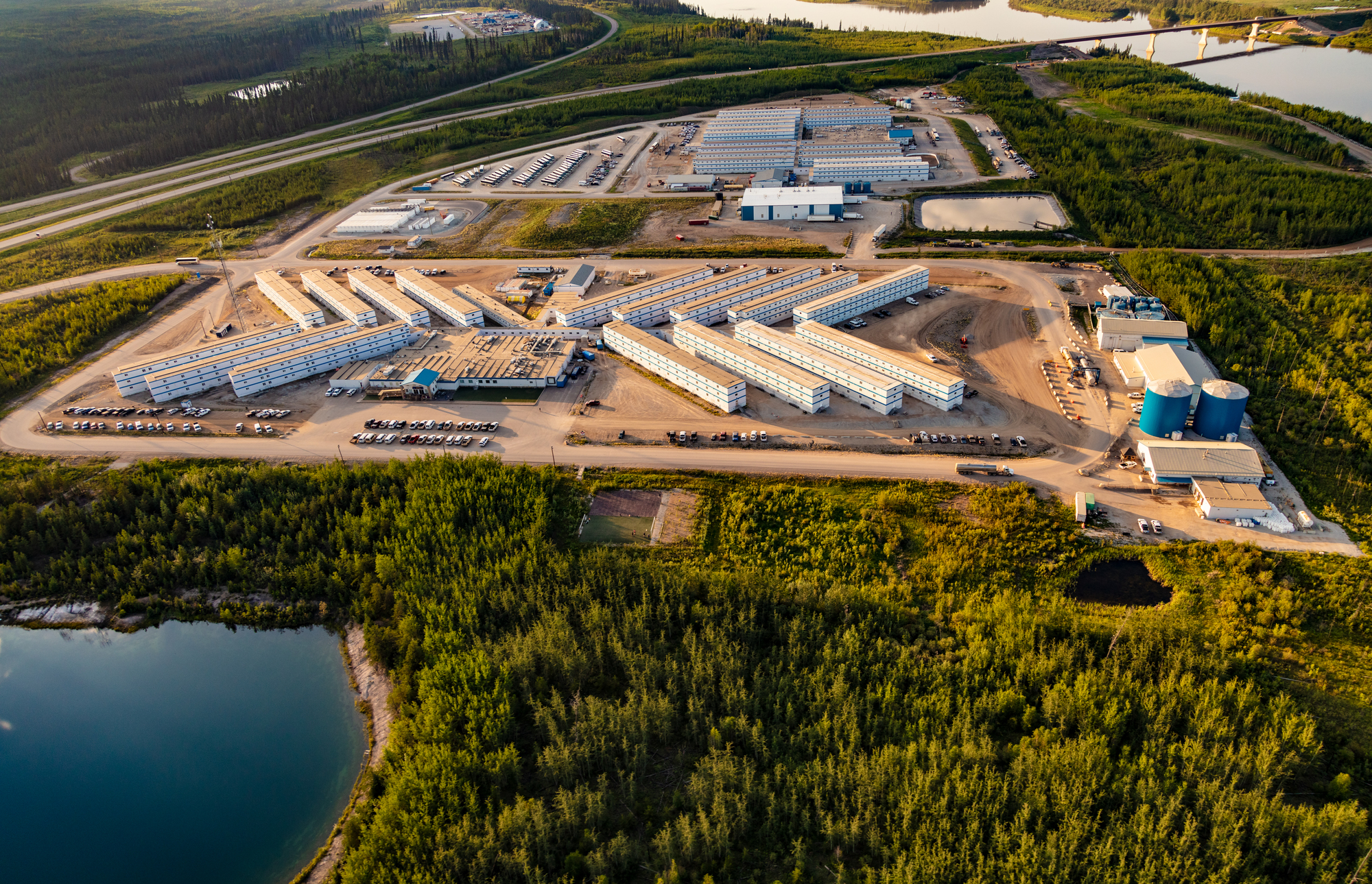
After decades of population decline, this lakefront city is experiencing a renaissance powered by the preservation of its remarkable architectural heritage and the revitalization of its waterfront. Buffalo boasts buildings by Frank Lloyd Wright, Louis Sullivan, and H.H. Richardson, along with one of America’s best collections of Art Deco architecture.
Canalside has transformed the former industrial harbor into a year-round destination featuring ice skating in winter and kayaking in summer. The city’s immigrant communities contribute to vibrant neighborhoods like the West Side Bazaar, a culinary incubator showcasing foods from Burma, Ethiopia, and beyond. Meanwhile, the massive grain elevators that once symbolized industrial decline now serve as canvases for projection art and backdrop for waterfront concerts.
Like Travel Pug’s content? Follow us on MSN.
Athens, Georgia
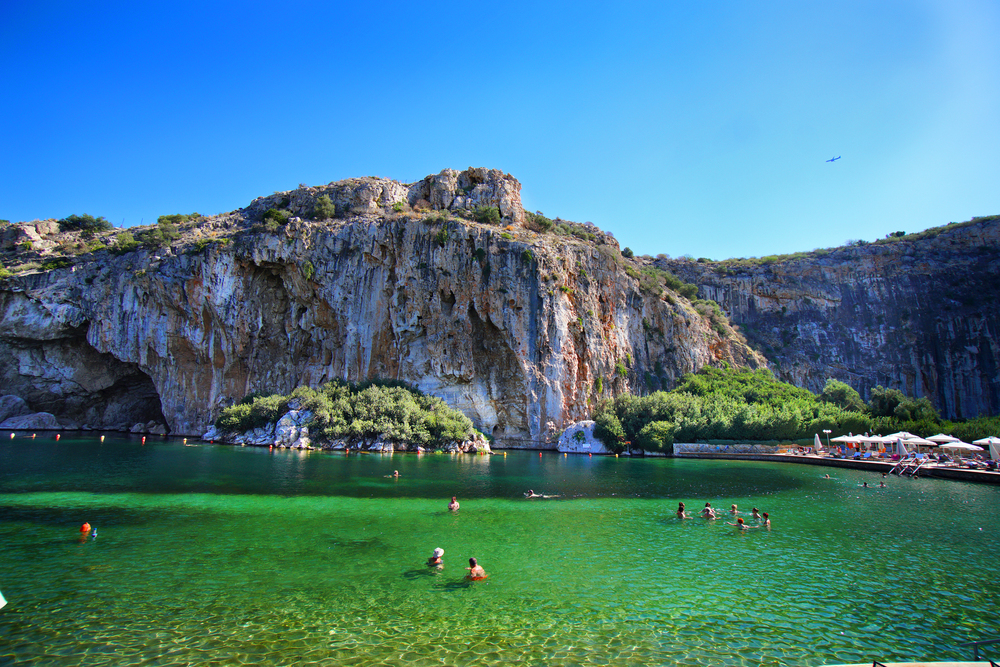
While best known as home to the University of Georgia, Athens has cultivated a creative ecosystem that produces far more music, art, and culinary innovation than its modest size would suggest. The Victorian-era downtown buzzes with energy thanks to venues like the famous 40 Watt Club, which helped launch bands including R.E.M. and the B-52s during the city’s influential 1980s music scene.
The food landscape ranges from updated Southern classics to globally influenced dishes reflecting the university’s international community. The State Botanical Garden of Georgia offers 313 acres of themed gardens and nature trails just minutes from downtown, while the converted Firefly Trail railroad corridor connects urban areas with the surrounding countryside.
Bend, Oregon

This high-desert city sits where the Cascade Mountains meet the high desert, creating a playground for outdoor enthusiasts that has increasingly developed sophisticated urban amenities. The Deschutes River flows through downtown, offering kayaking, stand-up paddleboarding, and even surfing at the purpose-built Bend Whitewater Park.
The Bend Ale Trail connects more than 20 breweries in walkable proximity, while the food scene incorporates foraged ingredients from the surrounding forests and high desert. Mount Bachelor provides skiing just 22 miles from downtown, while hundreds of miles of mountain biking trails have made Bend a cycling destination. The high desert climate delivers approximately 300 days of sunshine annually, defying Oregon’s rainy reputation.
Durham, North Carolina

Once dominated by tobacco production, Durham has leveraged its industrial past to create distinctive spaces that honor heritage while embracing innovation. The massive American Tobacco Campus has transformed cigarette factories into a mixed-use district hosting technology startups, restaurants, and cultural venues.
The city’s Black entrepreneurial history provides the foundation for a diverse business community that spans from traditional barbecue joints to cutting-edge biotechnology firms. Performing arts venues like the Durham Performing Arts Center attract Broadway tours and major musical acts, while smaller venues nurture the local music scene that spans from traditional Carolina bluegrass to contemporary hip-hop.
Like Travel Pug’s content? Follow us on MSN.
Detroit, Michigan
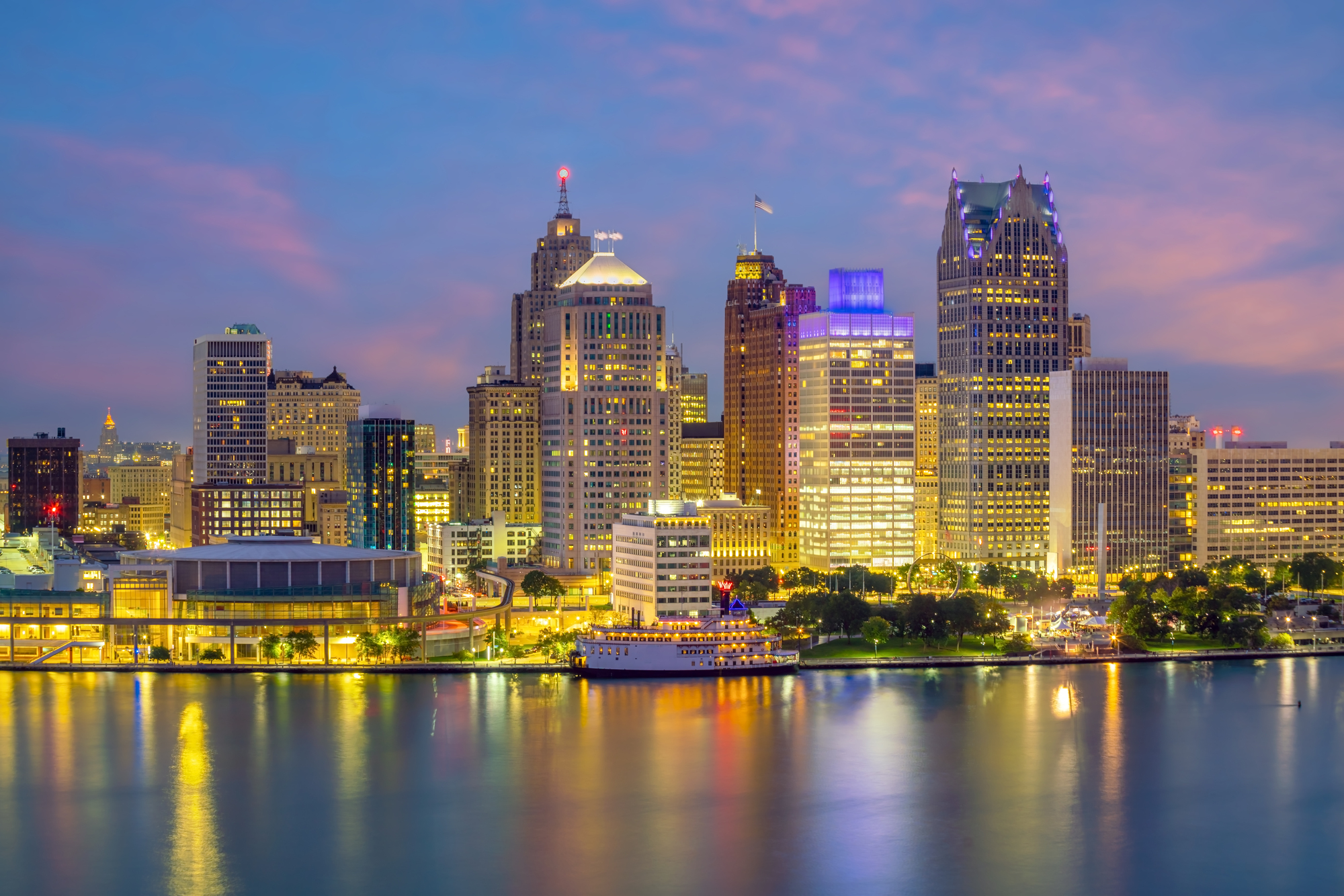
America’s comeback city continues its remarkable transformation, balancing revitalization with efforts to ensure long-term residents benefit from new development. Eastern Market, the largest historic public market district in the United States, demonstrates Detroit’s blend of commercial activity, public art, and community gathering spaces.
The city’s resilient, creative community has transformed vacant spaces into galleries, urban farms, and performance venues, while major investments have created amenities like the riverfront park system connecting diverse neighborhoods with the Detroit River. The architectural heritage spans from Art Deco skyscrapers to Midcentury Modern masterpieces, many finding new life through adaptive reuse projects that honor their history while serving contemporary needs.
Albuquerque, New Mexico

Often overshadowed by Santa Fe, Albuquerque offers authentic Southwestern experiences with a gritty edge and multicultural character reflecting its 300-year history. The city’s Old Town plaza dates to 1706, surrounded by adobe buildings housing museums, galleries, and restaurants. The Sandia Mountains rising dramatically on the city’s eastern edge provide hiking in summer and skiing in winter, with the aerial tramway delivering visitors from the desert floor to a 10,378-foot peak in just 15 minutes.
Beyond the famous International Balloon Fiesta, the city hosts cultural events throughout the year celebrating its Native American, Hispanic, and diverse immigrant communities. The food scene spans from centuries-old New Mexican recipes to innovative cuisine incorporating local ingredients like piñon, blue corn, and green chile.
Omaha, Nebraska

Nebraska’s largest city has quietly developed world-class attractions, distinctive neighborhoods, and culinary excellence while maintaining its approachable Midwestern character. The Old Market district preserves 19th-century warehouses now housing galleries, restaurants, and shops connected by cobblestone streets.
The pedestrian Bob Kerrey Bridge offers spectacular skyline views while connecting Omaha with Council Bluffs, Iowa, across the Missouri River. The city’s rich musical heritage encompasses everything from jazz to indie rock, with multiple summer concert series activating public spaces. Omaha’s status as headquarters for several Fortune 500 companies has brought cosmopolitan amenities without sacrificing its authentic character, creating a destination that genuinely surprises first-time visitors.
Like Travel Pug’s content? Follow us on MSN.
Birmingham, Alabama

The once-industrial center of the South has reinvigorated itself by preserving and repurposing its manufacturing heritage while developing new cultural assets. Railroad Park transformed 19 acres of vacant land into a stunning green space connecting Birmingham’s downtown with its Southside district. The Pizitz Food Hall occupies the ground floor of a restored 1923 department store, now featuring food vendors representing global cuisine alongside Birmingham classics.
The Civil Rights District preserves important historical sites, while the Birmingham Civil Rights Institute provides context for the city’s pivotal role in American history. The surrounding Red Mountain offers unexpected outdoor recreation through a park system built on former mining sites, including Ruffner Mountain’s 1,038 acres of urban wilderness.
Savannah, Georgia
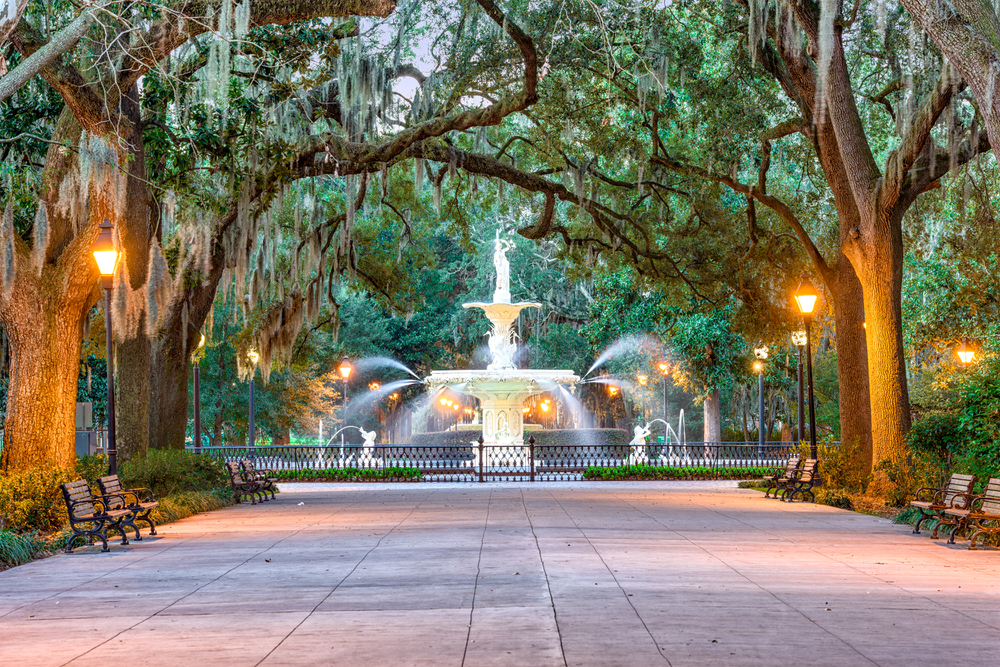
Though long appreciated for its historic district, Savannah is developing new dimensions that complement its traditional charms. The Savannah College of Art and Design has revitalized dozens of buildings throughout the city, infusing contemporary creativity into historic structures. The Victorian District and Starland District have emerged as centers for independent businesses, innovative restaurants, and local art beyond the well-known historic core.
The city’s urban forest of live oaks draped with Spanish moss creates natural air conditioning during hot summers, making outdoor dining and festivals pleasant even during warmer months. Tybee Island provides beach access just 18 miles from downtown, while the surrounding Lowcountry offers distinctive ecosystems from salt marshes to maritime forests.
Charming Alternatives

These rising urban destinations represent a refreshing counterpoint to overtouristed cities, offering authentic experiences that connect visitors with local culture, history, and natural environments. Their appeal stems not from trying to become the next Portland or Austin but from embracing their distinctive characters shaped by geography, history, and community vision.
The satisfaction of discovering these places while they still retain their authenticity creates travel memories more meaningful than checking off another predictable bucket-list destination.
Like Travel Pug’s content? Follow us on MSN.
More from Travel Pug

- Cities Growing so Fast You Won’t Recognize Them in 10 Years
- 13 Destinations Where Tourists Regularly Regret Their Trip
- 20 Obscure WWII Sites Even History Buffs Don’t Know About
- 10 Under-the-Radar Mountain Towns That Are Both Affordable and Beautiful
- Remote Villages in Europe Where You Can Live for Free in Exchange for Work
Like Travel Pug’s content? Follow us on MSN.
